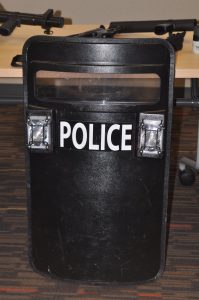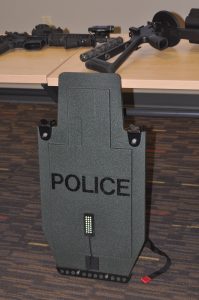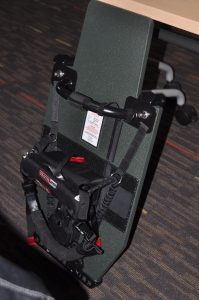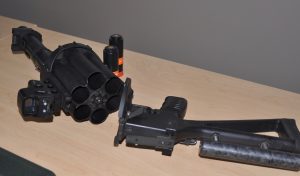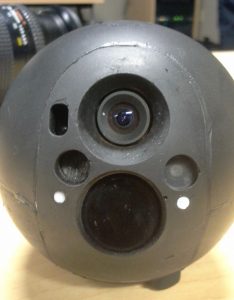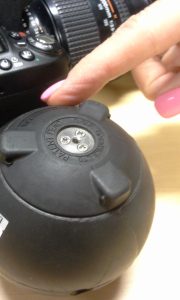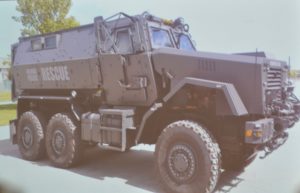KN, p. 335 “What Does It Take to Work for the Secret Service?”
 If there are no paragraph separations in this article, please double-click on the title and they will appear! 🙂
If there are no paragraph separations in this article, please double-click on the title and they will appear! 🙂
The Secret Service in the USA is responsible for the protection of certain government officials and their families, as well as the safety of our financial infrastructure. Those two very different areas require a wide range of employees and abilities.
Right now, the Secret Service is looking at community college students and recent graduates for the Uniformed Police section. Signing bonuses may be involved. The Uniformed Police are in charge of guarding Federal Buildings where the protected government officials work and may live. They also have special units including sniper teams, emergency response teams, and K-9 units. Interested? You need:
- High School Diploma
- U.S. driver’s license
- 20 – 37 years old
- Be a U.S. citizen.
- Pass a written and physical abilities test
- Pass a background check (plus drug screening, no criminal record)
- NO body art. In fact, if you’re interested and have a tattoo somewhere visible, it must be removed before getting accepted.
- Attend and complete training programs
- Be proficient and be able to use firearms
If you are more interested in becoming a Special Agent, the additional (or slightly different) qualifiers are needed:
- 21- 37 years old, unless a Veteran, then the upper limit is 40 years old
- Pass special vision and hearing tests
- Qualify for Top Secret clearance
- Agree in writing to accept assignments anywhere in the world.
- Top grades obtained in a completed bachelor’s degree
In order to advance in your career as a Special Agent (and receive pay raises) you will have to go back to school. Before those raises or promotions come along, you will be required to have:
- A year of graduate school
- At least a year of well-executed investigation, protection, and law enforcement techniques. Initiative is important, as well as being able to accurately analyze evidence and come up with solid leads.
- The ability to work well with others and take charge in some investigations.
Interested in becoming the head of a department or station? More school, more experience, dedication to the Agency, and improvement in all areas just might get you there.
In order to identify the skills that candidates hold in five different areas, they must take the timed Entrance Exam for Special Agents:
Section 1: Logic-Based Reasoning – read scenarios and the possible conclusions, then decide if those conclusions are valid.
Section 2: Experience Inventory – read descriptions of a few situations and acknowledge whether or not they have experienced them.
Section 3: Language Usage – check documents for errors in grammar or fact.
Section 4: Experience Inventory – Given several situations and responses, the candidate must choose the responses their former bosses/teachers attributed to them as likely.
Section 5: Detail Observation – presented with several photographs to study, the candidates later respond to detail questions about the photos and other matters, without having the photos to check.
The APAT is a pre-employment physical fitness test measuring strength and endurance, among other things. It is scored on a point-based system, on a scale from 0 to 8. A minimum total score of 20 points with no zeros is needed to pass and the test is not adjusted for age or gender. These are the numbers! (from the Secret Service site)
| Point Value | Push-Ups | Sit-Ups | Illinois Agility
Run |
1.5 Mile Run |
| 0 | 14 or less | 22 or less | 23.89 or higher | 19:41 or higher |
| 1 | 15-16 | 23-28 | 23.88-22.18 | 19:40-16:53 |
| 2 | 17-19 | 29-30 | 22.17-21.66 | 16:52-16:09 |
| 3 | 20-22 | 31-33 | 21.65-21.13 | 16:08-15:26 |
| 4 | 23-26 | 34-36 | 21.12-20.60 | 15:25-14:43 |
| 5 | 27-29 | 37-41 | 20.59-20.23 | 14:42-14:12 |
| 6 | 30-37 | 42-45 | 20.22-19.44 | 14:11-13:07 |
| 7 | 38-43 | 46-49 | 19.43-18.65 | 13:06-12:02 |
| 8 | 44 or more | 50 or more | 18.64 or lower | 12:01 or lower |
Special Operations Division: The Counter Assault Team (CAT) operates within the U.S. Secret Service to provide tactical support to the President, certain government officials, certain buildings, and certain National Security Events. This group is a bit like SWAT teams and if that kind of action is what you’re looking for, be prepared to:
- Undertake 33 weeks of Special Agent Training
- Be assigned to the Washington Field Office (WFO)
- Undergo an additional 9 weeks of CAT Selection and Basic Training
- Accept that it takes anywhere from 12 to 24 months from start to finish to prep for this potentially dangerous job.
- Have already served in a military or law enforcement position or have been a professional athlete
Candidates for an Administrative, Professional or Technical (APT) position must meet the same requirements as Secret Service agents and uniformed police in the areas of citizenship, body art, age, hearing and vision, background checks, and top secret clearances.
Likewise for The Technical Law Enforcement (TLE) jobs that include:
- Investigative Protection Officers (IPO):
- Protective Armored Specialists (PAS):
- Technical Security Investigators (TSI):
Under that umbrella can be found work in Chemical Biological Countermeasures; Electronics; Explosive Ordnance Disposal; or Technical Surveillance Countermeasures.
If your interest is piqued after taking a look at these brief descriptions of the work and requirements possible within the Secret Service Agency, be aware of yet another possible detractor. Travel away from home for periods of 30 days or longer is not unusual and may in fact, if on protective duty, be hazardous to your health.
Whether in the lab, office, or out in the field, the men and women who are chosen to work for the Secret Service are highly qualified and come from all walks of life.
*Some information (and the Logo) from the Secret Service site.
KN, p. 335 “What Does It Take to Work for the Secret Service?” Read More »

